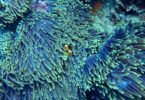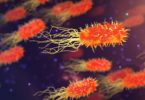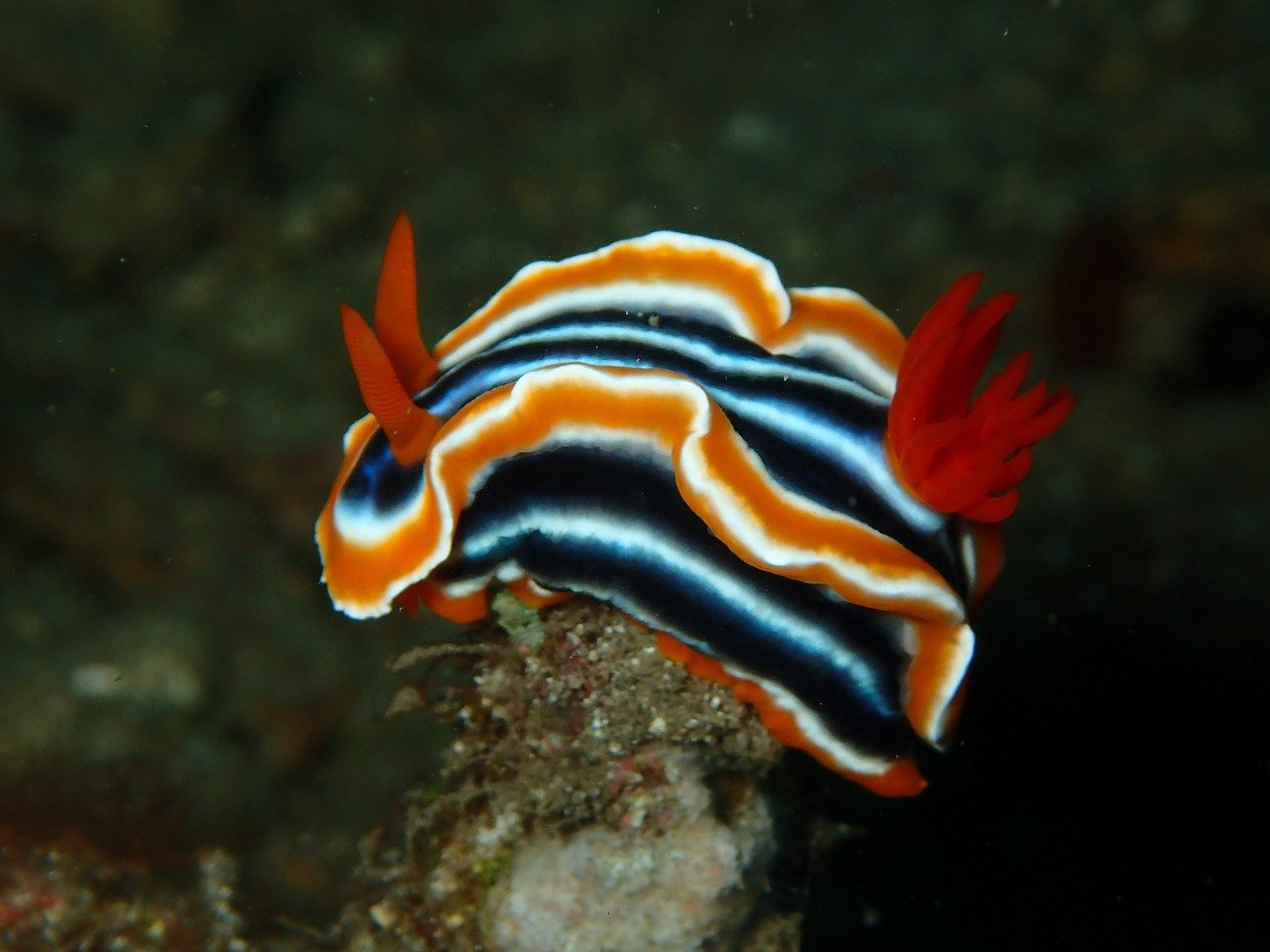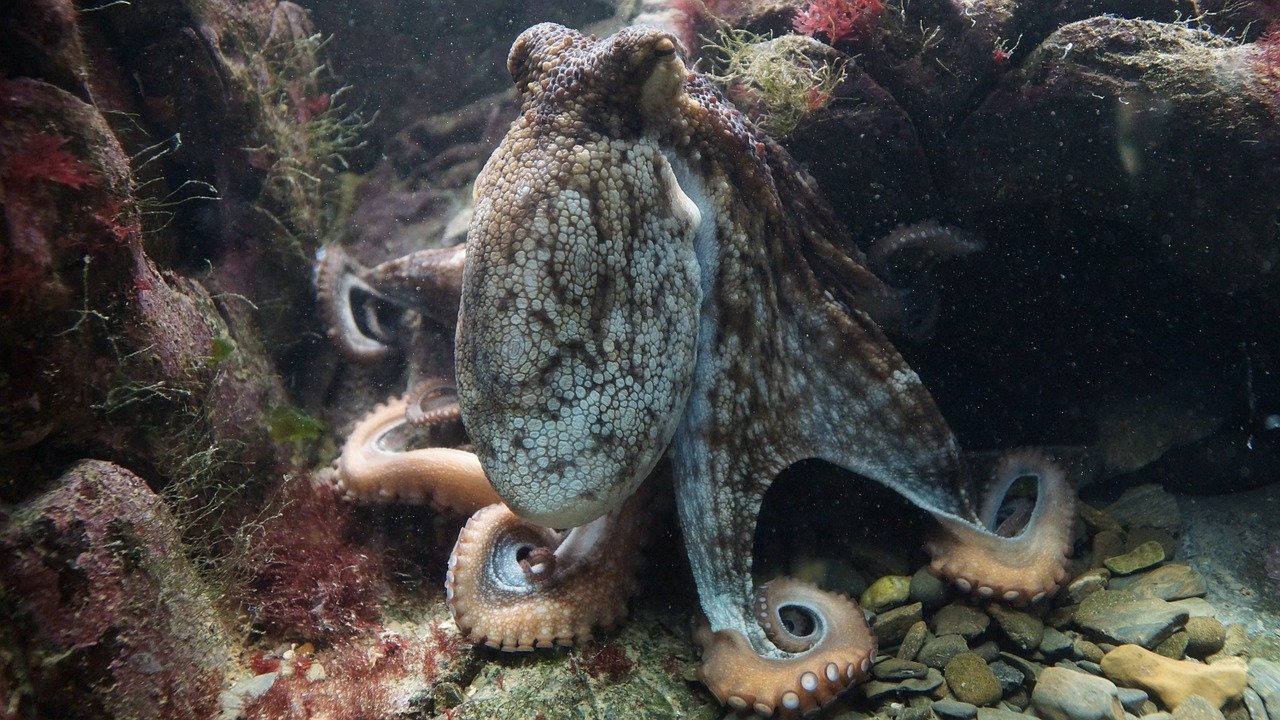Last Updated on April 23, 2023 by Coral Realm
The crown of thorns starfish (Acanthaster cf. solaris) is a corallivore. That is, it eats corals.
Whilst it is a natural part of the coral reef ecosystem, population explosions can cause huge problems and devastate coral populations. In the Great Barrier Reef coral bleaching events impact coral coverage and this is further impacted by sporadic population explosions of the crown-of-thorns starfish.
These population explosions seem to happen around every 10-15 years and can have devastating impacts.
New Test Developed Can Detect Crown Of Thorns Starfish Quickly And Easily
However new strides are being made in being able to detect this problematic predator.
Researchers at the Australian Institute of Marine Science have developed a dipstick test which uses the same premise as a pregnancy test that can detect crown-of-thorns starfish (CoTS) on coral reefs.
Whilst this might not sound exciting, it truly is. Before this test CoTS were extremely hard to detect. Indeed the only way of doing so was to undertake manual surveys and see and count numbers by eye. This is both very long winded and time consuming.
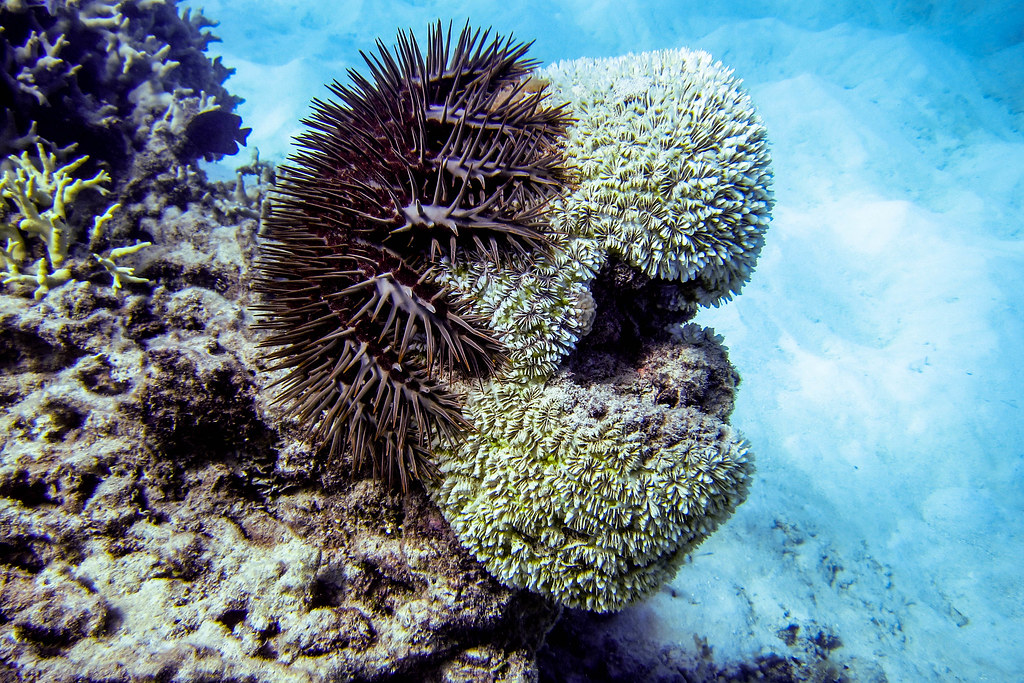
Crown-of-Thorns starfish on coral. Credit: Ryan McMinds (Flickr)
This new dipstick test is designed for use in the field, and while isn’t meant to replace the fieldwork will allow for much better use of resources and manpower.
Its use will for instance be able to tell divers which areas of the reef to look for CoTS.
The test picks up very specific DNA which the starfish releases into the water. What is extremely useful is that it is able to detect even very low numbers of CoTS.
Coral reefs provide great hiding places for starfish; CoTS are known to often hide under large coral plates. Young starfish can be as little as a few millimetres in diameter. As you can imagine they are therefore very difficult to spot.
This new research builds on the prior research done which successfully detected CoTS in the laboratory via environmental DNA. Being able to bring this into the field into the hands of non laboratory personnel is a great jump forward. The dipstick test is cheaper and faster than laboratory tests, and allows for decisions to be made in the field.
The new dipstick test will be able to form an important part of an early warning system in relation to CoTS outbreaks. Population explosions pose a significant threat to coral reefs in tropical Pacific waters. An early warning system and being able to rapidly control population explosions through management interventions such as culling will greatly increase scientists abilities to manage and conserve coral reef ecosystems.
It would be amazing to see this new technology in the hands of citizen scientists. That is, everyday people who use the reefs. Whether this is locals who visit coral reefs regularly or tourists who are only briefly visiting, citizen science is a powerful tool. It could vastly increase the amount of data on where in the reef CoTS are located and would enable scientists to easily pinpoint where CoTS populations are.
Jason Doyle, one of the authors of the study, has been quoted as saying;
If this technique was really going to be an early warning system, we needed to bring our validated tools for environmental DNA (eDNA) detection out of the lab and into the hands of non-lab people in the field.”
In this new technology they have successfully been able to do just this!
Other research articles you may be interested in:
- British Biologists Assisting in Mauritius Coral Reef Oil Spill
- Animals Sixth Sense – Bacteria The Reason Behind The Magnetic Sixth Sense?
- Shellfish Prevented Escaping Global Warming
Citation:
Jason Doyle, Sven Uthicke. Sensitive environmental DNA detection via lateral flow assay (dipstick) — A case study on corallivorous crown‐of‐thorns sea star (Acanthaster cf. solaris) detection. Environmental DNA, 2020; DOI: 10.1002/edn3.123
Featured image credit: Tam Warner Minton (Flickr)

